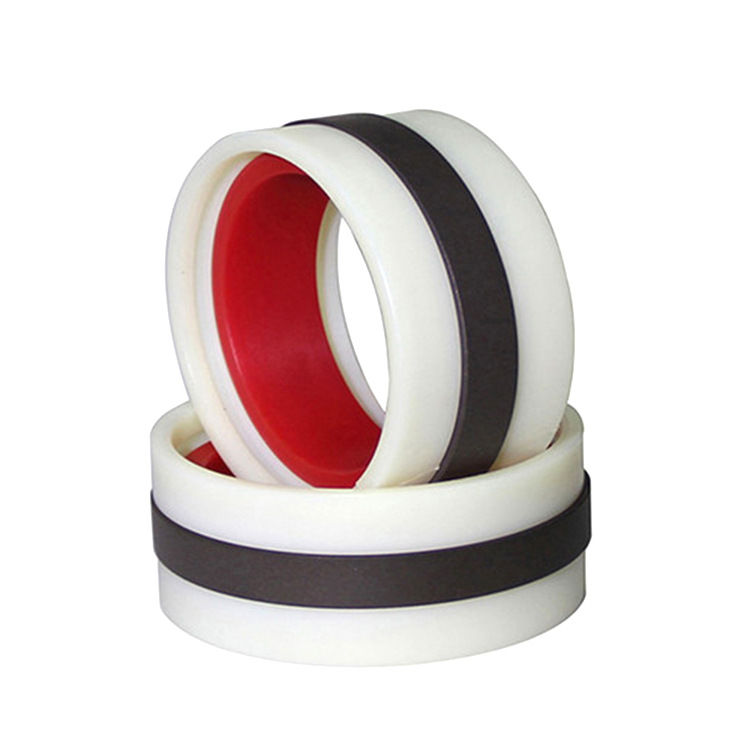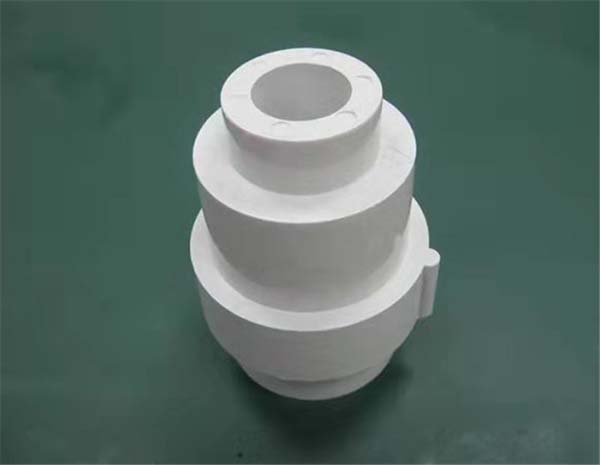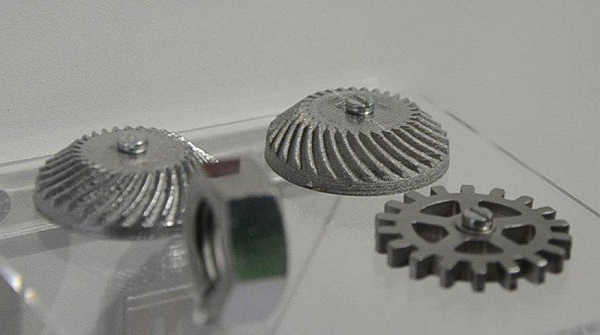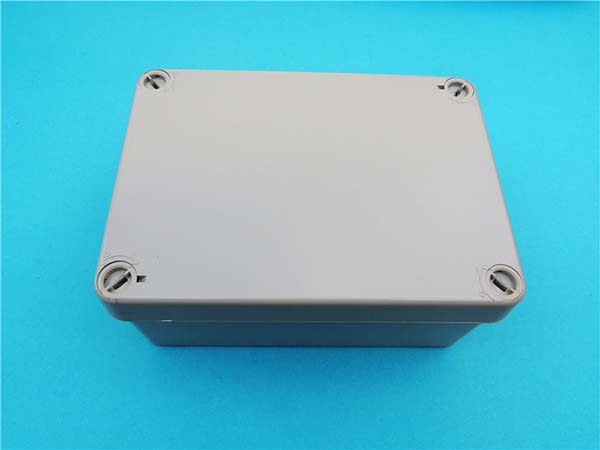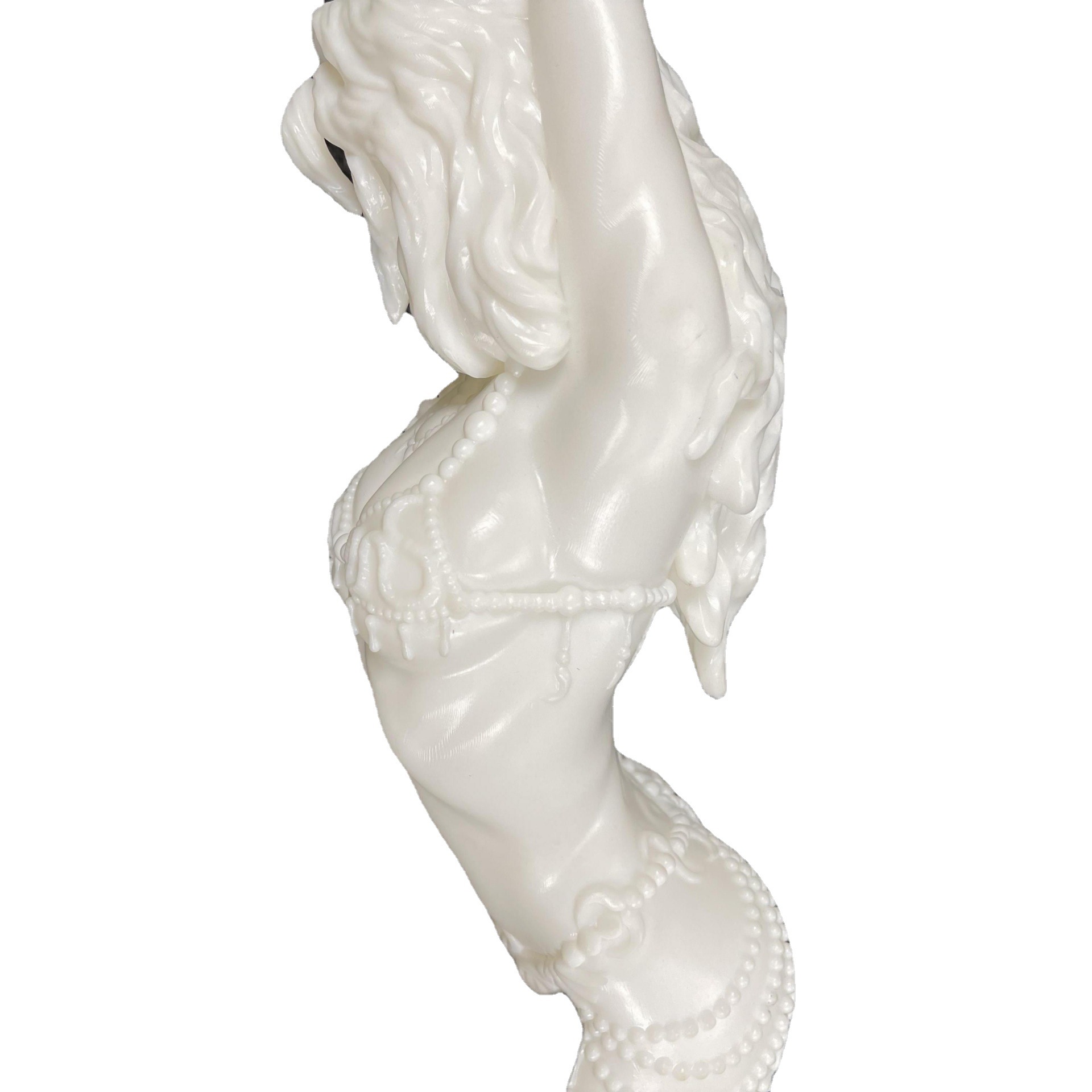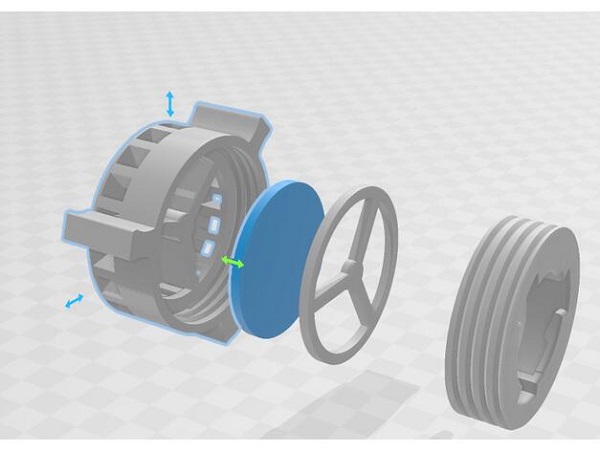Introduction to 3D Printing Suppliers
Definition and Role of 3D Printing Suppliers
3D printing suppliers are companies that provide comprehensive additive manufacturing services, from design assistance to final product fabrication using 3D printing technologies. These suppliers play an integral role in industries like aerospace, healthcare, automotive, and consumer goods. They provide the expertise, machinery, and specialized materials needed for various applications. Selecting the right supplier is critical for businesses and individuals looking to ensure the quality, reliability, and cost-effectiveness of their 3D printed products.
Criteria for Selecting a 3D Printing Supplier
Choosing the best 3D printing supplier requires considering several key factors that influence the final product's quality, cost, and functionality. Here's a breakdown of the most important criteria to evaluate:
1. Material Quality and Variety
Material selection is fundamental to the success of your 3D printing project. The right supplier should offer a broad range of high-quality materials suitable for various needs, from prototyping to end-use parts.
- Material Options: A reputable supplier should offer diverse materials such as ABS, PLA, PETG, Nylon, Polycarbonate, and specialty composites like carbon fiber, Kevlar, or metal alloys. Ensure that the materials align with your functional, aesthetic, and durability requirements.
- Consistency and Reliability: Check that the supplier provides consistent material properties across different production batches. This ensures uniformity in your product’s strength, flexibility, and other essential characteristics.
- Certifications and Compliance: Verify whether the supplier's materials meet industry-specific certifications such as ISO, FDA, RoHS, and others, especially if you're working in regulated fields like healthcare, aerospace, or automotive.
2. Printing Technology and Capabilities
Different 3D printing technologies serve different needs, so it’s important to choose a supplier that has the right equipment and expertise for your project.
- Fused Deposition Modeling (FDM): Ideal for functional prototypes and production parts, especially for durable items that don't require extreme precision.
- Stereolithography (SLA): Best for high-detail models, offering excellent surface finish and precision, ideal for jewelry, dental, and intricate design work.
- Selective Laser Sintering (SLS): Suitable for creating durable, high-strength parts with complex geometries. It's often used in industries like aerospace, automotive, and medical devices.
- Metal Additive Manufacturing: Technologies like Direct Metal Laser Sintering (DMLS) and Electron Beam Melting (EBM) are essential for metal parts requiring high strength and precision, used in applications where durability and load-bearing capabilities are critical.
Ensure that the supplier is equipped with up-to-date technology and the technical expertise to handle complex prints that meet your project’s needs.
3. Cost-Effectiveness and Pricing Models
While the quality of the prints is paramount, cost-effectiveness is another crucial factor, especially for businesses with tight budgets or those planning large-scale production.
- Transparent Pricing: A reputable supplier should offer clear, upfront pricing without hidden fees. This helps you assess the total cost of your project accurately.
- Volume Discounts: Some suppliers offer bulk pricing for large orders, which can help lower costs for companies needing high volumes of prints.
- Value-Added Services: Consider whether the supplier offers additional services like design optimization, rapid prototyping, and post-processing. These services can add value without inflating the overall cost.
4. Customer Service and Support
Customer service is an often-overlooked but essential aspect of choosing the right 3D printing supplier. The level of support a supplier provides can make a significant difference in ensuring the smooth running of your project.
- Responsive Communication: A good supplier should respond promptly to inquiries and provide timely updates about your orders, including potential delays or issues.
- Technical Support: Access to knowledgeable staff is essential, particularly if you encounter design issues, material compatibility concerns, or machine failures. The supplier should offer reliable support to troubleshoot and solve technical problems.
- After-Sales Service: Warranty and maintenance services are important for long-term satisfaction, especially if you're using the supplier for ongoing production or for more technical, precision parts.
5. Post-Processing Options and Services
Post-processing is often necessary to give 3D-printed parts the desired finish and functionality. Depending on your project's complexity, your supplier should offer a range of post-processing services.
- Surface Finishing: This includes sanding, polishing, painting, and other treatments to enhance the appearance and smoothness of the printed parts.
- Assembly: If your project involves multiple parts that need to be assembled, ensure that the supplier has the capabilities to handle this efficiently.
- Quality Control: Ensure that the supplier has rigorous inspection and testing protocols to confirm that all parts meet specified standards before delivery. This is especially crucial for industries with stringent quality requirements, such as aerospace and healthcare.
6. Case Studies and Reviews
One of the most effective ways to evaluate a supplier is to look at real-world case studies and customer reviews.
- Success Stories: Ask for case studies or examples of previous projects similar to yours. This will help you assess the supplier’s experience and capabilities, as well as how they address challenges and meet client expectations.
- Lessons Learned: Understanding past challenges faced by a supplier and how they were overcome can help gauge their problem-solving capabilities and reliability.
- Industry Reviews: Seek testimonials from industry peers or experts who have used the supplier's services. This can provide a realistic view of what to expect in terms of quality, lead times, and customer service.
7. Success Stories and Lessons Learned
Examining successful projects and learning from the challenges faced in previous engagements can provide deeper insights into a supplier’s overall ability to deliver. For example, a supplier that has excelled in medical device manufacturing may be ideal for healthcare-related projects, while one with experience in automotive parts might be better suited for high-performance functional parts.
8. Reviews from Industry Experts
Many industry experts share their experiences with specific suppliers, which can offer valuable advice. These reviews often highlight a supplier's strengths, weaknesses, and areas where they excel or fall short, giving you a more comprehensive view.
Conclusion and Actionable Steps
Final Thoughts on Choosing a 3D Printing Supplier
Choosing the right 3D printing supplier involves more than just selecting the company with the lowest price. It’s about finding a partner that meets your unique project requirements, including material selection, technology, support, cost-effectiveness, and post-processing capabilities. By carefully evaluating these factors, you can ensure that the supplier you choose is well-suited to meet your needs, and will deliver high-quality products within your timeline and budget.
Tips for Getting Started with Your Search
- Define Your Needs: Clearly outline your project requirements, including the materials, technologies, and budget constraints. This will help you narrow down potential suppliers.
- Research Potential Suppliers: Leverage online resources, industry forums, and trade shows to discover potential suppliers. Make a list of companies that align with your specific needs.
- Request Samples: Always request samples of previous work to assess quality firsthand. This will give you a tangible sense of the supplier’s capabilities.
- Ask for References: Contact previous clients to learn about their experiences with the supplier. Testimonials and reviews from other businesses are invaluable in assessing the supplier’s reliability.
- Negotiate Terms: Don’t hesitate to negotiate the terms of the contract, such as pricing, delivery timelines, and post-processing options. A good supplier will be open to discussing terms that benefit both parties.
By following these steps, you can confidently select the best 3D printing supplier for your needs and ensure the success of your project.
